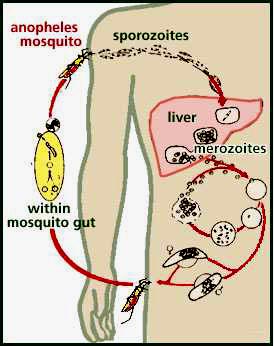By Nina Jean-Jacques
Have you ever wondered how you get those scabs after you cut yourself? You may already know that it’s due to blod clotting. More studies on blood clotting found the time it takes for blood to clot can be determined by something in the blood – genes.
Researchers at the University of Edinburgh discovered three genes that are responsible for blood clotting. They performed the study at the Centre for Cognitive Ageing and Cognitive Epidemiology. The researchers used blood samples from a group of people in the Edinburgh area who were aged over 70. These participants are also a part of the Lothian Birth Cohort 1921 and 1936, which has been studying the participants since birth.
The study used a test called activated partial thromboplastin time to measure clotting time and examined thousands of genes. The genes that were found to assist in blood clotting are F12, HRG, and KNG1. These genes are found in healthy people. The researchers on this study are trying to encourage the start of studies on genes of those that suffer from blood clotting disorders such as deep vein thrombosis and some types of stroke. The researchers are all so excited to discover such a large genetic component in clotting.






